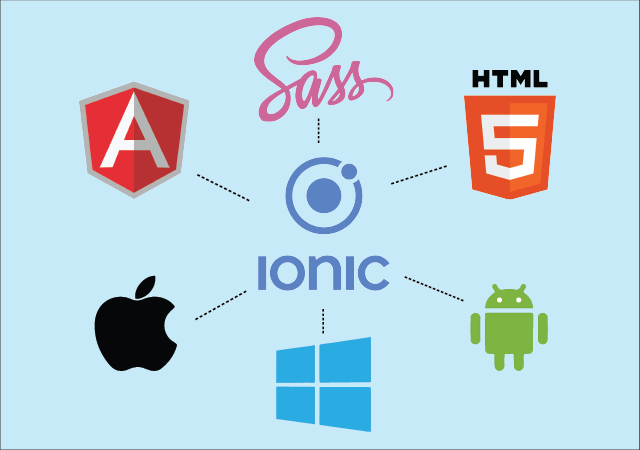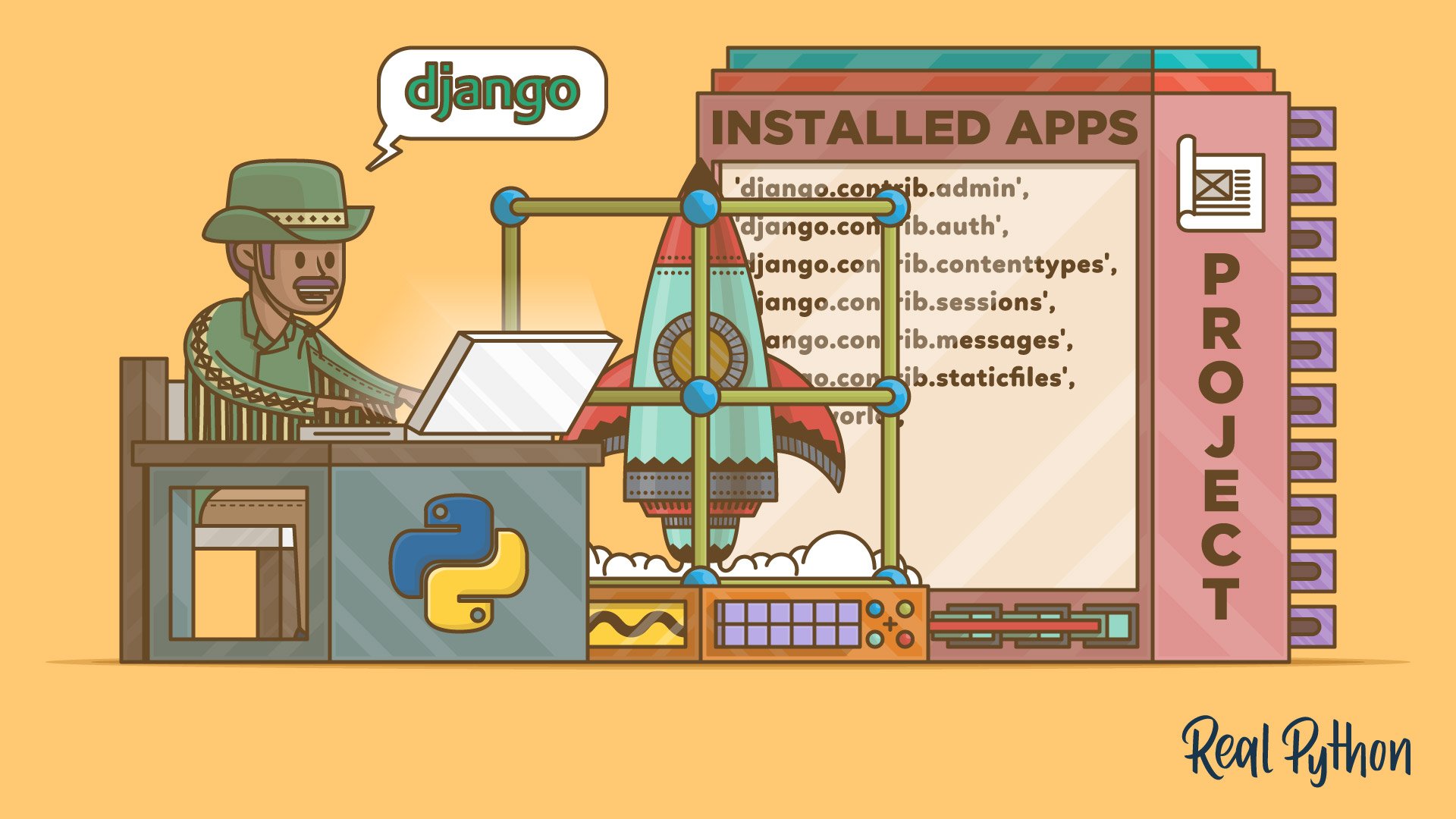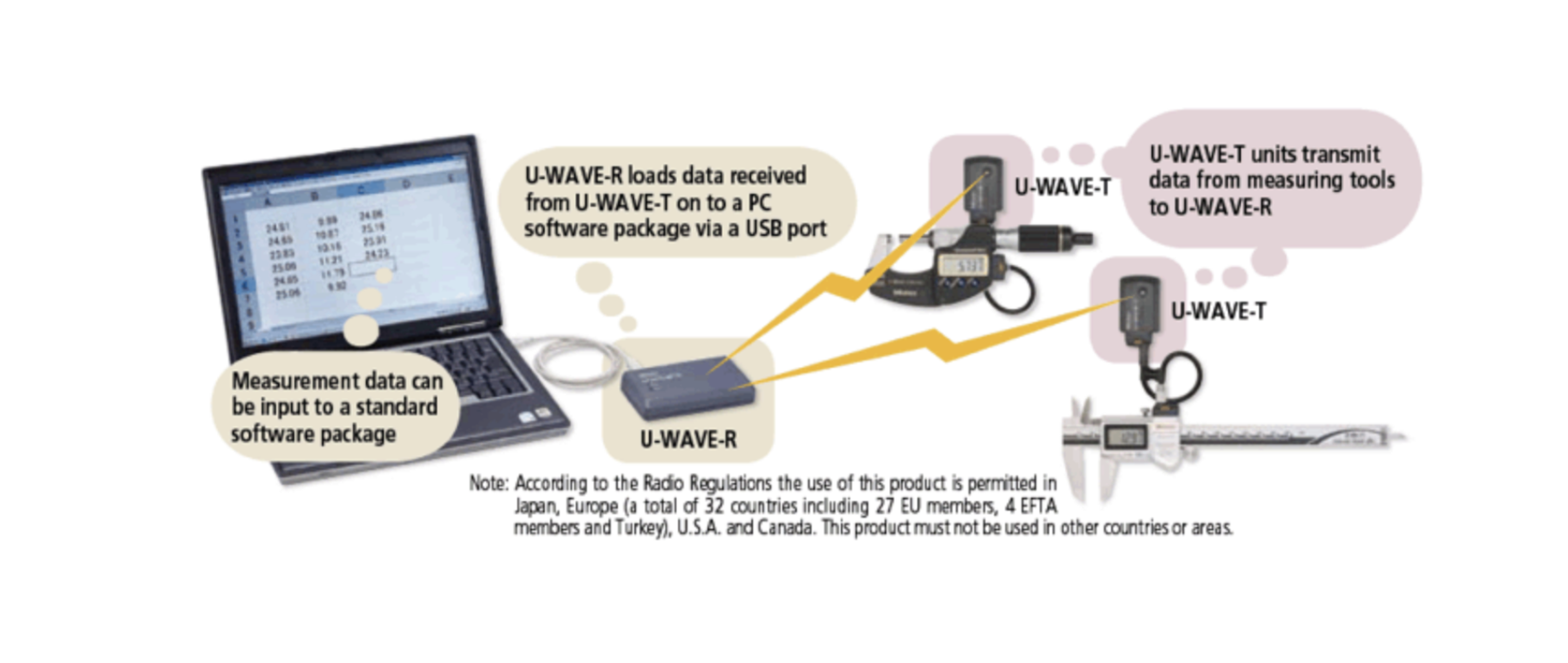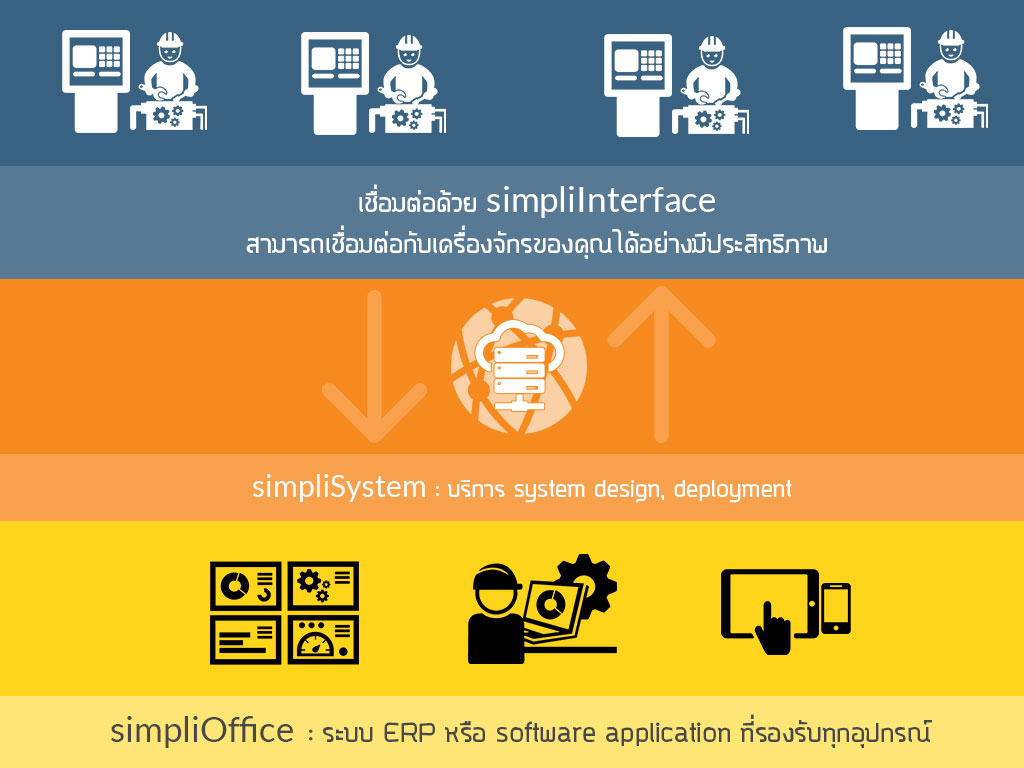How to Simulate and Train with Network Devices Using GNS3
Whether you're a network engineering student, CCNA candidate, DevOps professional, or a curious techie, hands-on practice is key to understanding how real network infrastructure works. But building a physical lab with routers, switches, firewalls, and test PCs is expensive and space-consuming.
Enter GNS3 — a powerful, free tool that allows you to build, simulate, and interact with network devices using your own computer. In this blog post, you’ll learn how to set up a working network topology in GNS3, configure it just like you would in the real world, and use it to sharpen your skills with Cisco IOS, NAT, routing, VLANs, firewalls, and more.
🧰 What Is GNS3?
GNS3 (Graphical Network Simulator 3) is an open-source tool that lets you:
- Drag and drop routers, switches, PCs, firewalls, and servers into a visual interface.
- Connect them with virtual cables.
- Use real Cisco IOS, IOU (IOS on Unix), or open-source images (like VyOS or pfSense).
- Run simulated traffic, packet captures, and real protocol behavior (e.g., OSPF, NAT, BGP).
It creates a realistic, flexible, and scalable lab environment—all running on your laptop or desktop.
🖥️ Why Use GNS3?
| Benefit | Description |
|---|---|
| 💵 Cost-effective | No need for physical routers or switches. |
| 🔁 Reusable | Create, save, and reload topologies easily. |
| 📈 Real IOS support | Run real Cisco IOS/IOU images, not just simulations. |
| 🎯 Great for certifications | Practice for CCNA, CCNP, and even CCIE. |
| 🧪 Test environments | Pre-deployment test environments for NAT, firewall rules, routing, etc. |
| 📡 Internet integration | Use NAT or bridged interfaces to connect your lab to the real Internet. |
🧩 What You Need to Get Started
-
GNS3 (GUI + GNS3 VM)
Download both from https://www.gns3.com. The VM helps offload CPU-intensive tasks. -
IOS Images
Use legally obtained Cisco IOS (for routers) or IOU images (for switching). Alternatively, use open-source OSes like VyOS or MikroTik CHR. -
VPCS or Virtual Machines
Lightweight command-line PCs for ping/traceroute testing or full Linux VMs with GUI tools. -
Wireshark
Integrated with GNS3, lets you capture and analyze packet-level traffic in real time.
🔌 Example: Simulating a Simple Network
Let’s build a classic lab:
PC1 ↔ Switch (IOU1) ↔ Router (R1) ↔ NAT ↔ Internet
🛠️ Network Design
graph TD
PC1["PC1 (VPCS)\n192.168.20.3"]
IOU1["IOU1 (Layer 2 Switch)"]
R1["Router R1\nLAN: 192.168.20.1\nWAN: DHCP"]
NAT["NAT Cloud"]
Internet["Internet"]
PC1 --> IOU1
IOU1 --> R1
R1 --> NAT --> Internet🔐 Router Configuration Example (Cisco IOS)
This config gives PC1 internet access via NAT:
! LAN interface
interface FastEthernet0/1
ip address 192.168.20.1 255.255.255.0
ip nat inside
no shutdown
! WAN interface (connects to NAT)
interface FastEthernet0/0
ip address dhcp
ip nat outside
no shutdown
! NAT rule
access-list 1 permit 192.168.20.0 0.0.0.255
ip nat inside source list 1 interface FastEthernet0/0 overload
! Default route
ip route 0.0.0.0 0.0.0.0 FastEthernet0/0🧪 PC1 (VPCS) Configuration
Configure IP, gateway, and DNS:
ip 192.168.20.3 255.255.255.0 192.168.20.1
set dns 8.8.8.8
ping 8.8.8.8Use show to verify config:
VPCS> show
IP : 192.168.20.3
MASK : 255.255.255.0
GW : 192.168.20.1
DNS : 8.8.8.8🧠 Advanced Use Cases
Once you master the basics, you can simulate:
| Scenario | Technology Involved |
|---|---|
| VLAN segmentation | IOU Layer 2 switches, VLANs, trunking |
| OSPF routing lab | Multiple routers with dynamic routing |
| DHCP/DNS testing | Integrate Linux containers (dnsmasq, bind9) |
| Syslog and Wazuh integration | Send Cisco logs to a real SIEM server |
| Cisco ASA firewall | Load ASA image in QEMU or GNS3 VM |
| Internet simulations | NAT cloud → host internet → test DNS/ping |
⚡ Pro Tips
- Use
write memoryorcopy running-config startup-configto save changes. - Use labels in the GNS3 GUI to make your topology clear.
- Capture traffic between devices using right-click → “Start Capture”.
- Use multiple tabs in GNS3 to configure multiple devices in parallel.
- Use docker containers for quick Linux or monitoring tools.
🏁 Final Thoughts
GNS3 gives you the tools to simulate almost any network environment—from a simple two-router lab to a full-scale enterprise topology. It’s free, powerful, and highly customizable. Whether you're a student, a teacher, a professional, or just curious, GNS3 can help you build real-world experience with network technologies safely and affordably.
Build. Break. Configure. Test. Repeat.
That’s how you truly master networking.
Get in Touch with us
Related Posts
- 下一个前沿:面向富裕人群的数字私人俱乐部
- The Next Frontier: A Digital Private Club for the Affluent
- Thinking Better with Code: Using Mathematical Shortcuts to Master Large Codebases
- Building the Macrohard of Today: AI Agents Platform for Enterprises
- Build Vue.js Apps Smarter with Aider + IDE Integration
- Yo Dev! Here’s How I Use AI Tools Like Codex CLI and Aider to Speed Up My Coding
- Working With AI in Coding the Right Way
- How to Select the Right LLM Model: Instruct, MLX, 8-bit, and Embedding Models
- How to Use Local LLM Models in Daily Work
- How to Use Embedding Models with LLMs for Smarter AI Applications
- Smart Vision System for Continuous Material Defect Detection
- Building a Real-Time Defect Detector with Line-Scan + ML (Reusable Playbook)
- How to Read Source Code: Frappe Framework Sample
- Interface-Oriented Design: The Foundation of Clean Architecture
- Understanding Anti-Drone Systems: Architecture, Hardware, and Software
- RTOS vs Linux in Drone Systems: Modern Design, Security, and Rust for Next-Gen Drones
- Why Does Spring Use So Many Annotations? Java vs. Python Web Development Explained
- From Django to Spring Boot: A Practical, Visual Guide for Web Developers
- How to Build Large, Maintainable Python Systems with Clean Architecture: Concepts & Real-World Examples
- Why Test-Driven Development Makes Better Business Sense














